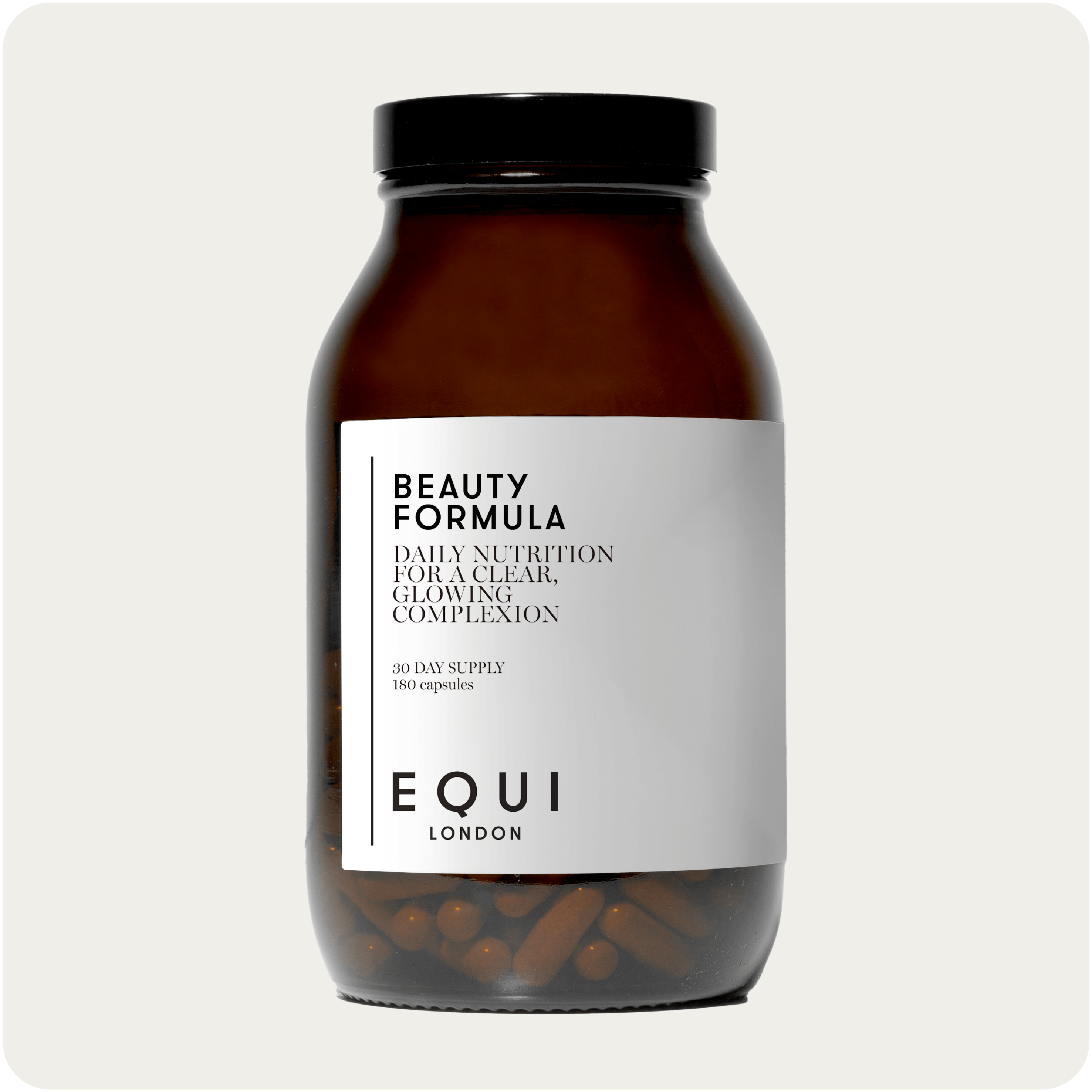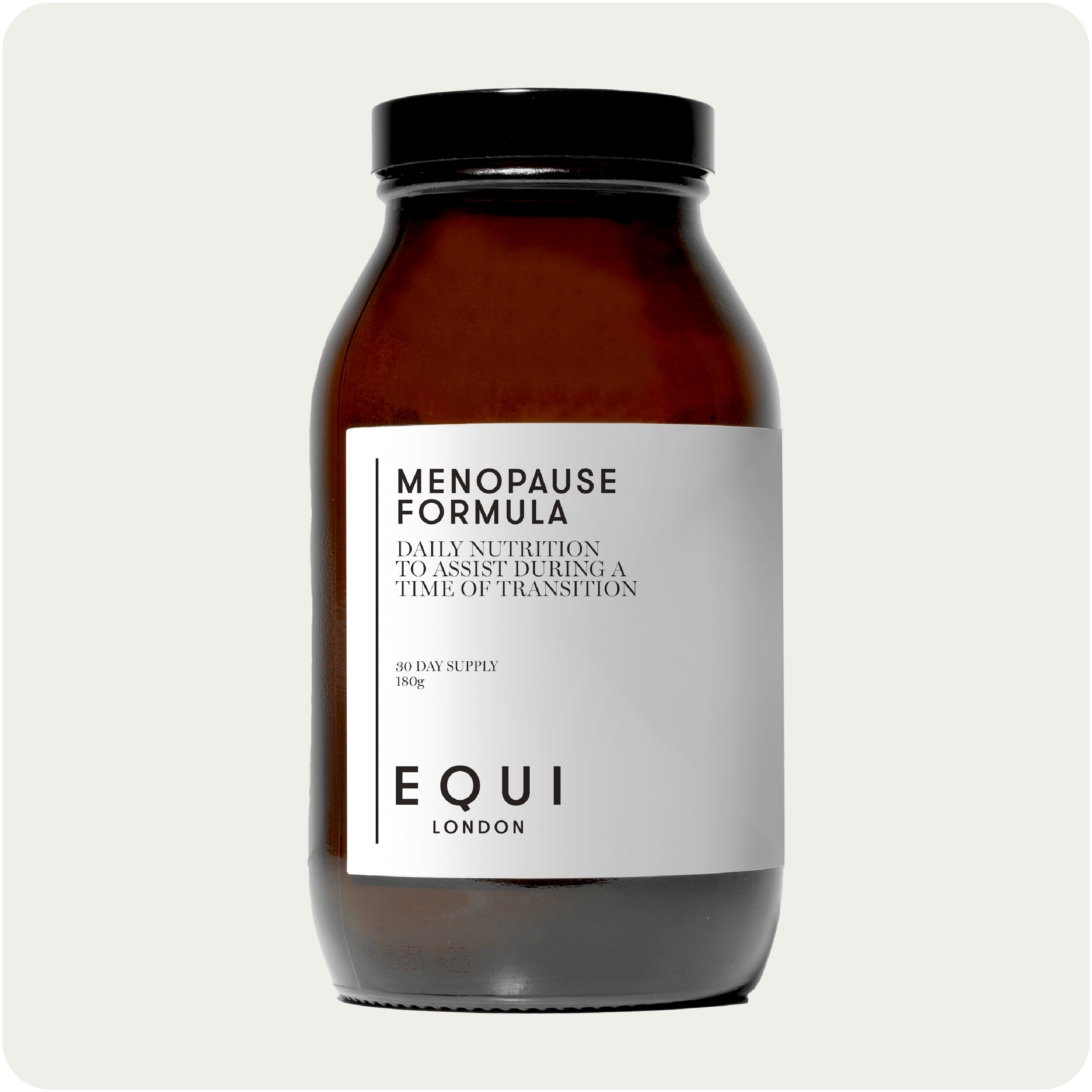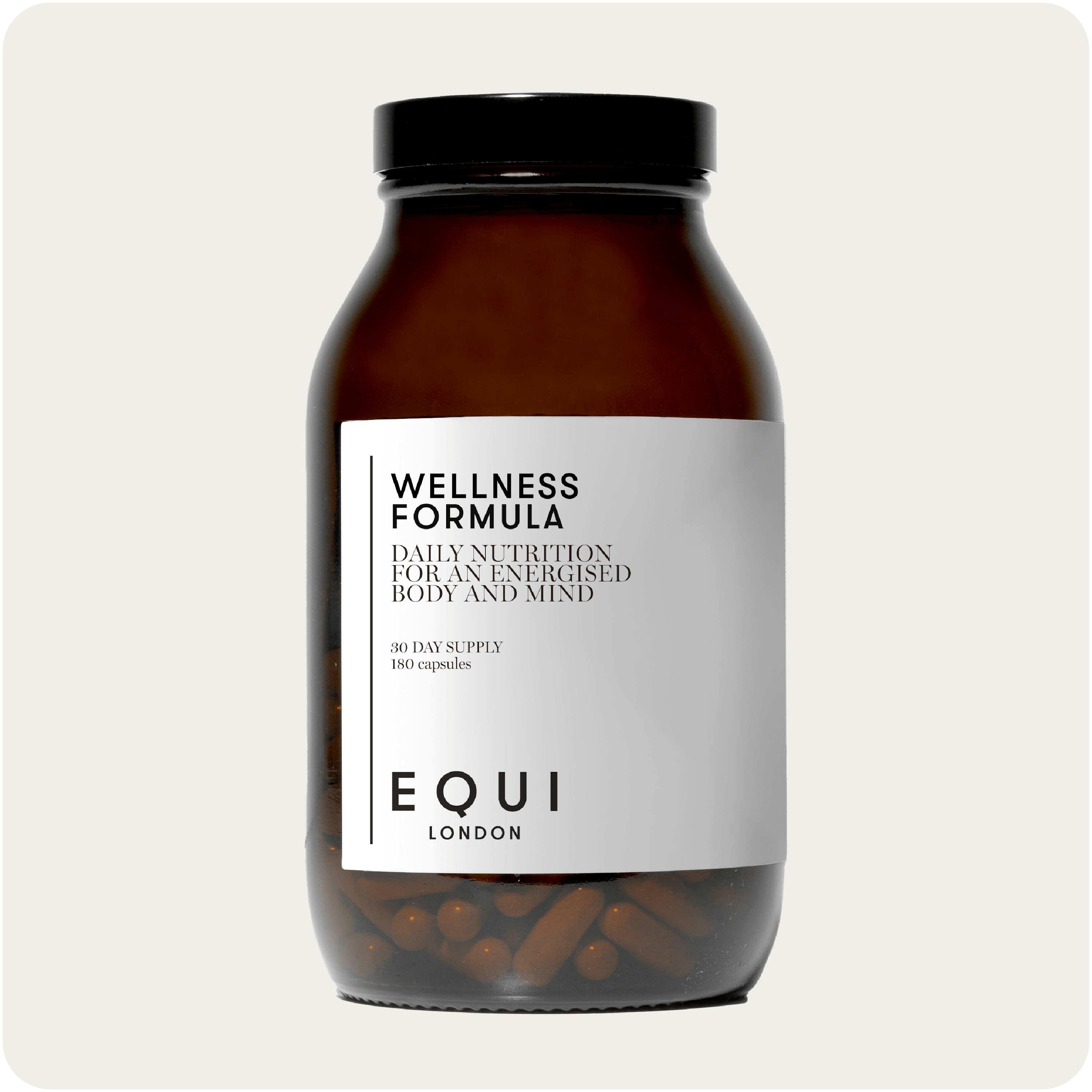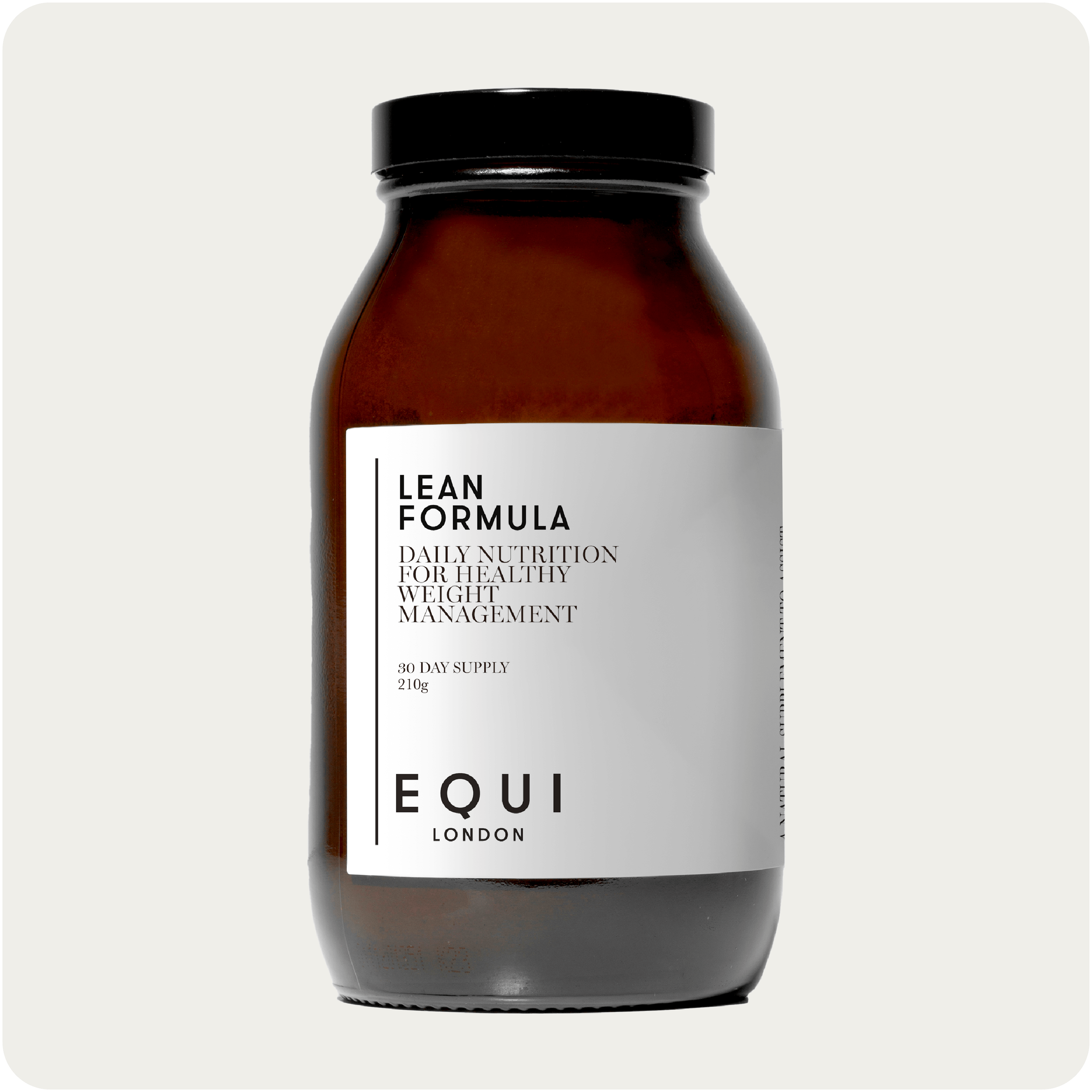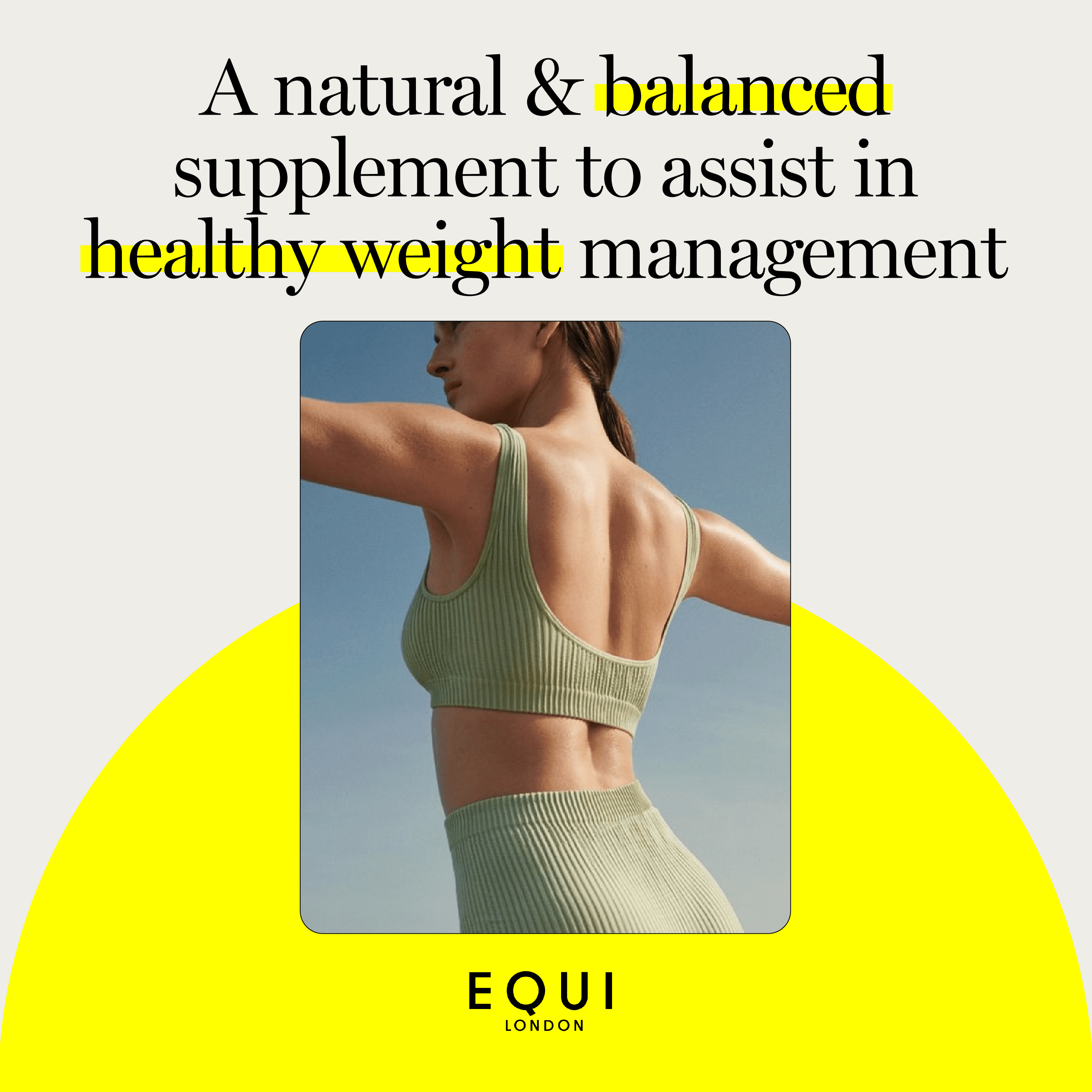
With summer finally here in the UK, it's almost time to dust off those travel plans and jet off on exciting adventures. Whether it's soaking up the sun on a pristine beach or exploring ancient ruins, there's nothing quite like the thrill of a summer vacation. But let's not forget about one annoying, often overlooked issue that can cast a shadow over your sunny escapades - travellers’ tummy.
Travellers’ tummy is a form of gastroenteritis caused by consuming contaminated food or water. It can transform a dream vacation into a not-so-pleasant experience, to say the least. Whilst we may all love to indulge in local cuisines, dive into colourful food markets, and enjoy tropical cocktails, safeguarding your health when travelling is paramount. We are here to arm you with essential information and practical strategies to help you avoid this unwelcome travel companion. From understanding the basics and recognising the risks to adapting safe eating habits and managing potential symptoms, we've got you covered. So relax, grab your favourite summer drink, and let's dive into how to keep your summer travels tummy-trouble-free!
Understanding Travellers’ Tummy: The Basics
Travellers’ tummy, more formally known as travellers’ diarrhoea (TD), is more than just a minor inconvenience. It's a significant health concern for international travellers, affecting 20-50% of short-term travellers, according to one study (1). TD typically begins abruptly during travel or soon after returning home. It's primarily caused by consuming food or water contaminated with pathogens. The most common culprit is a bacterium called Enterotoxigenic Escherichia coli (ETEC), accounting for up to 70% of cases (2). Other common pathogens include Campylobacter jejuni, Shigella spp., and Salmonella spp. Even though TD is rarely life-threatening, it can disrupt travel plans and result in discomfort. One study found that 40% of people with TD had to change their travel plans, and 80% reported being incapacitated for a day or more (3).
Understanding The Risks in Your Holiday Destination
Travellers’ tummy is not a one-place-fits-all kind of issue. The risks can vary greatly depending on the geographical location you're visiting. Countries can be classified into three levels of risk: low, intermediate, and high (4). Low-risk countries are mainly developed nations, including the United States, Canada, Australia, New Zealand, Japan, and countries in Northern and Western Europe. Traveler's visiting these places have a lower risk of TD, but it's still important to practice general food safety measures. Intermediate-risk countries include Eastern Europe, South Africa, and some parts of the Caribbean. These places have generally good standards of hygiene, but there can still be risks associated with certain foods or drinks, so it's advisable to be cautious. High-risk countries, where the risk of TD can be up to 60% according to studies (5), include many parts of Asia, the Middle East, Africa, Mexico, and Central and South America. In these locations, extra precautions should be taken, such as avoiding street food, ensuring all food is cooked thoroughly, and drinking only bottled or treated water. It's also crucial to remember that the local population's immunity to certain pathogens may be different from yours (6). This means that while locals may consume certain foods or drinks without issue, visitors may still become ill. Understanding the risk associated with your travel destination allows you to better prepare and take necessary precautions to avoid illness. It's always a good idea to research or consult a travel health specialist about the specific risks of your destination before you depart.
Preventive Measures: The Dos and Don'ts
Prevention is indeed better than cure when it comes to TD. We can’t emphasise enough the importance of food and water precautions, even though they may seem extra cautious. By adopting our top 5 preventive measures, you can enjoy your vacation without the worry of travellers’ tummy, making your trip more memorable.
- In high-risk countries, it may be safer to opt for hot, thoroughly cooked food, and avoid cold salads or raw fruits unless they can be peeled or have a thick skin such as watermelon, citrus fruits, or bananas.
- Street food, while often tantalising, can be risky due to potential hygiene issues, so be mindful when indulging. It doesn’t mean you have to avoid it completely but do check hygiene standards and ensure you are purchasing from a reputable seller.
- Water is a common source of contamination. First things, first – find out if you can drink the tap water in your destination before you travel. If necessary, always opt for filtered water and make sure the seal is intact if drinking from a bottle. Alternatively, you can use a portable water purifier or disinfection tablets for untreated water sources. Avoid ice in drinks as it may be made from unfiltered water.
- Maintaining personal hygiene is also paramount. Washing hands frequently, especially before eating or drinking, can prevent many infections (7). Carrying an alcohol-based hand sanitiser for situations where hand-washing facilities may not be available is a smart move.
- Regarding pre-travel medical precautions, a consultation with a travel medical specialist can be beneficial. They can provide guidance based on your destination and health condition. In the last couple of years, vaccinations against certain types of bacteria causing travellers’ tummy, such as ETEC, are showing promising results (8), but they aren't yet widely available. The specialist might recommend medications like antibiotics or antidiarrheals to take with you.
How to Cope with Travellers’ Tummy
Even with the most diligent precautions, travellers’ tummy might still strike. But don't panic! The symptoms can be managed effectively, and you can still salvage your trip with our top tips:
1/. The first step is to stay hydrated. Diarrhoea can lead to significant loss of fluids and electrolytes from your body, which can cause dehydration (9). Drinking plenty of safe fluids, like bottled water, is crucial. Oral rehydration solutions, available over the counter at most pharmacies, are especially useful to replace lost electrolytes and can be a game-changer in managing the condition. Otherwise, a natural remedy would be to make a homemade rehydration solution for managing the symptoms of travellers’ tummy, particularly dehydration.
This homemade solution offers a balance of fluid, sugar, and electrolytes, specifically sodium and chloride, to help replenish the body during dehydration. It's not only inexpensive and simple to make but can also be lifesaving in these situations!
Ingredients:
- 1 litre of safe drinking water (bottled or boiled and cooled)
- 6 level teaspoons of honey or coconut sugar
- 1/2 level teaspoon of Himalayan salt or sea salt
- Juice of 1 lemon
Method:
- Take a clean jug or bottle and add 1 litre of drinking water.
- Add the honey or sugar, salt, and lemon juice into the water.
- Stir the mixture until the sugar and salt completely dissolve.
This drink is meant to manage dehydration and does not treat the cause of travellers’ tummy. If symptoms persist or worsen, seek medical attention immediately. Also, individuals with health conditions like diabetes, kidney disease, or high blood pressure should consult with a healthcare professional before consuming homemade rehydration solutions due to the sugar and salt content. Remember, the key to a great trip is taking care of your health, so don't hesitate to seek help when needed!
2/. Dietary changes can also help soothe your tummy. When your stomach is upset from travellers’ tummy, it's essential to be gentle with your diet. While medication and hydration are crucial, the food you consume can significantly affect the speed and ease of your recovery. The BRAT diet - bananas, rice, apple (ideally stewed), and toast - is a well-known regimen often recommended for its gentle nature and low fibre content, which can help to solidify stools and reduce the frequency of bowel movements (10). These foods are easily digestible and unlikely to irritate the digestive tract, keep reading for why. Bananas are a good choice because they are high in potassium, an important electrolyte often depleted during episodes of diarrhoea. Apple provides a source of pectin, which can help decrease bowel movements, while rice and toast serve as bland foods that won't exacerbate your symptoms (11). In addition to BRAT, you can consider other bland, easily digestible foods like boiled potatoes, crackers, or cooked carrots. Avoiding foods high in fat, dairy products, highly seasoned foods, and alcohol can also help reduce irritation in your digestive system too. It's also important to note that while BRAT and other bland foods can be beneficial in the short term, they are not nutritionally complete. As your symptoms improve, gradually reintroduce a balanced diet rich in fruits, vegetables, lean proteins, and whole grains.
3/. Probiotics - Certain strains of probiotics like Lactobacillus and Bifidobacterium have shown promise in managing and even preventing travellers’ tummy. Probiotics are 'friendly' bacteria that can promote gut health, and certain strains have been studied for their potential in preventing and reducing the duration of travellers’ diarrhoea. They may work by competing with harmful bacteria for nutrients and attachment sites on the intestinal wall, and by stimulating the body's own immune system to fight off pathogens. Studies have shown that Lactobacillus rhamnosus GG and Saccharomyces boulardii, may decrease the risk of travellers’ diarrhoea by about 8% (12). Another study showed that Bifidobacterium bifidum could reduce the duration and severity of acute diarrhoea (13). The studies suggest starting probiotics a few days before travel and continuing throughout the trip for the best results. We are proud to share that we have included between 1.5-2.5 billion probiotics in our Wellness, Beauty, and Lean Formulas.
Remember, how you treat your body during recovery can significantly impact how quickly you bounce back from travellers’ tummy. Eat wisely, stay hydrated, and get plenty of rest to enjoy the rest of your travel adventure. Our Wellness Formula combines a spectrum of 46 supremely pure and powerful nutrients, proven to comprehensively balance, boost and support women’s bodies. Since optimal gut health is at the heart of Wellness Formula, we have included some key nutrients that may aid in your recovery including apple pectin, digestive enzymes papain and bromelain, 2.5 billion probiotics including lactobacillus and Bifidobacterium, vitamin A and zinc. These nutrients can help support the gut so your immune system may function effectively.
Always seek medical attention if needed! Whilst over-the-counter antidiarrheal medications like loperamide can provide quick relief by reducing the frequency of bowel movements, they should be used with caution as they only alleviate symptoms and do not treat the underlying cause. If symptoms persist for more than a few days, worsen, or are accompanied by fever or blood in stools, seeking medical help is important. In these cases, prescription antibiotics may be necessary to combat the offending pathogen.
Remember, while travellers’ tummy is an unwelcome disruption, it's typically not severe. Armed with the right knowledge, you can handle the situation and bounce back to enjoy your travels!
References:
-
CDC. (2017) 'Travelers' Diarrhoea', Centres for Disease Control and Prevention.
-
DuPont, H. (2007) 'Systematic review: the epidemiology and clinical features of travellers' diarrhoea', Alimentary Pharmacology & Therapeutics, 26(6), pp. 811-822.
-
Steffen, R., Hill, D. R., DuPont, H. L. (2015) 'Traveller’s Diarrhoea: A Clinical Review', Journal of the American Medical Association, 313(1), pp. 71-80.
-
CDC. (2017) 'Travelers' Diarrhoea', Centres for Disease Control and Prevention.
-
DuPont, H. (2007) 'Systematic review: the epidemiology and clinical features of travellers' diarrhoea', Alimentary Pharmacology & Therapeutics, 26(6), pp. 811-822.
-
Riddle, M. S., Connor, B. A., Beeching, N. J., DuPont, H. L., Hamer, D. H. (2017) 'Guidelines for the prevention and treatment of travellers’ diarrhoea: a graded expert panel report', Journal of Travel Medicine, 24(suppl_1), pp. S57-S74.
-
CDC. (2017) 'Travelers' Diarrhoea', Centres for Disease Control and Prevention.
-
Duan, Z., Liu, J., Liu, X. (2021) 'Efficacy of a enterotoxigenic Escherichia coli vaccine in preventing travellers’ diarrhoea: a randomized, double-blind, placebo-controlled phase 3 trial', The Lancet, 397(10272), pp. 33-42.
-
Steffen, R., Hill, D. R., DuPont, H. L. (2015) 'Traveller’s Diarrhoea: A Clinical Review', Journal of the American Medical Association, 313(1), pp. 71-80.
-
Riddle, M. S., Connor, B. A., Beeching, N. J., DuPont, H. L., Hamer, D. H. (2017) 'Guidelines for the prevention and treatment of travellers’ diarrhoea: a graded expert panel report', Journal of Travel Medicine, 24(suppl_1), pp. S57-S74.
-
Steffen, R., Hill, D. R., DuPont, H. L. (2015) 'Traveller’s Diarrhoea: A Clinical Review', Journal of the American Medical Association, 313(1), pp. 71-80.
-
McFarland, L. V. (2007) 'Meta-analysis of probiotics for the prevention of traveler's diarrhea', Travel Medicine and Infectious Disease, 5(2), pp. 97-105.
-
Guandalini, S., Pensabene, L., Zikri, M. A., Dias, J. A., Casali, L. G., Hoekstra, H., ... & Shcherbakov, P. L. (2000) 'Lactobacillus GG administered in oral rehydration solution to children with acute diarrhea: a multicenter European trial', Journal of pediatric gastroenterology and nutrition, 30(1), pp. 54-60.
